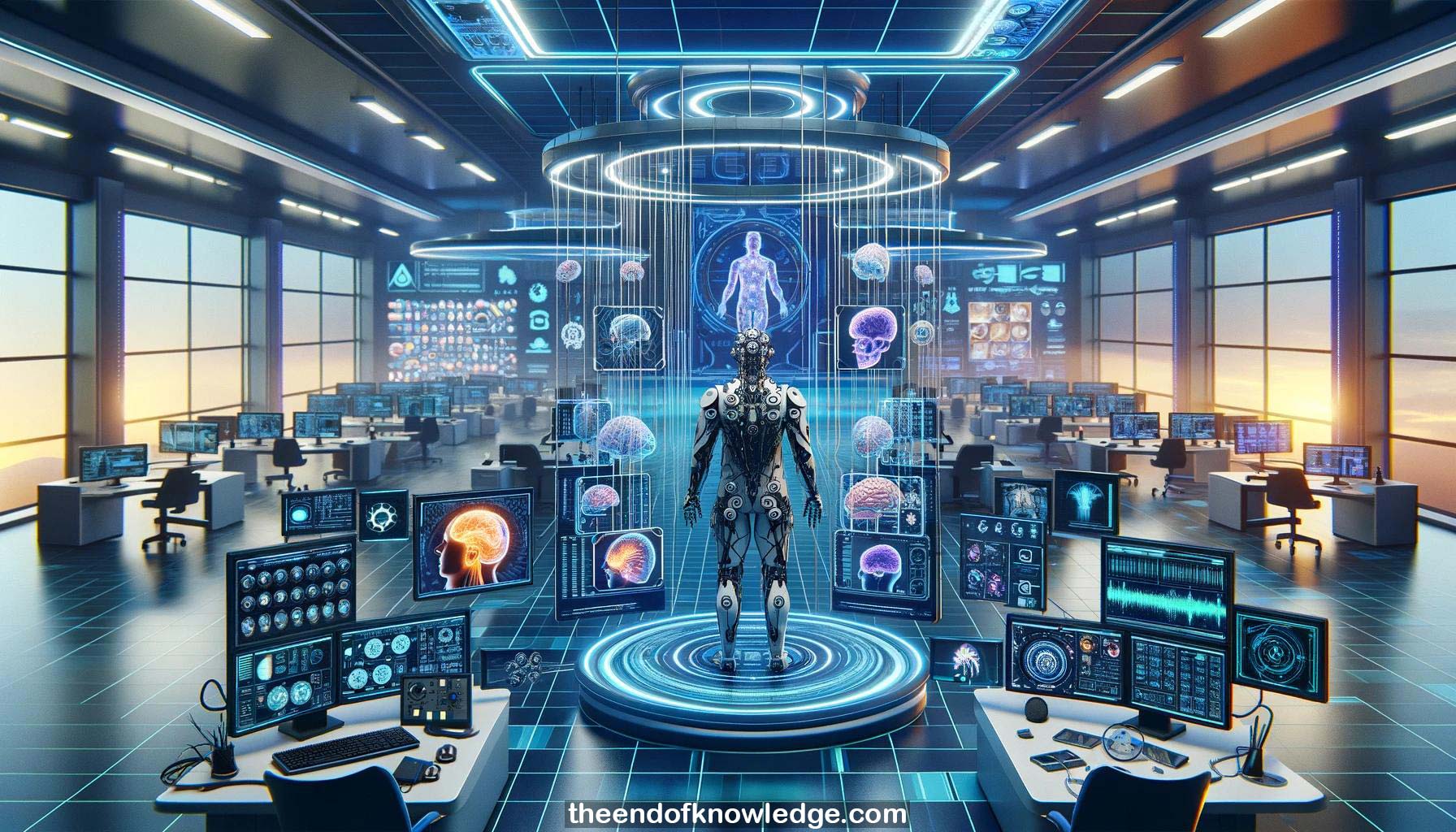 >
>
Concept Graph & Resume using Claude 3 Opus | Chat GPT4 | Llama 3:
Resume:
1.- Javier Antelis from Tecnologico de Monterrey in Guadalajara, Mexico presents an update on his lab's research on brain-computer interfaces (BCIs).
2.- The lab aims to develop BCIs to help people with reduced mobility and communication, using mainly EEG signals.
3.- Projects involve collaborations with hospitals and other institutions in Mexico and Colombia, with funding from Mexico's National Science Council.
4.- One system is a P300-based BCI integrated with a robotic hand orthosis, tested on healthy subjects and ALS patients.
5.- The P300 system uses visual stimuli that the user counts to make selections, which are detected by the BCI and control the orthosis.
6.- In experiments, both healthy subjects and ALS patients achieved high accuracy in controlling the orthosis with the P300 BCI.
7.- No significant differences were found in performance metrics between the healthy and ALS groups using the P300 orthosis BCI system.
8.- Another system is a motor imagery BCI for spinal cord injury patients to control functional electrical stimulation (FES) for hand grasp.
9.- The motor imagery FES BCI uses a 3D visual interface the user imagines moving to control FES opening/closing of their paralyzed hand.
10.- The motor imagery FES system was tested on healthy subjects and 4 spinal cord injury patients as part of a neurorehabilitation study.
11.- Both healthy and SCI subjects could successfully control the FES with motor imagery, but SCI patients needed more time for activation.
12.- Correlations were found between neural markers of motor imagery (ERD) and FES activation time and online BCI performance.
13.- A third system presented is a motor imagery BCI controlling a virtual reality game, aimed at engaging neurorehabilitation for stroke.
14.- In the VR motor imagery BCI game, imagined left/right hand movements launch fire/ice powers to battle monsters in an immersive environment.
15.- The VR BCI game has separate training and testing phases, with cues for left/right imagery and visual feedback in the VR headset.
16.- So far the VR motor imagery BCI game has been tested with 15 healthy subjects, with some achieving high accuracy but variability.
17.- Surveys showed the healthy subjects found the VR game engaging and motivating, an improvement over previous non-VR BCI experiments.
18.- Challenges in bringing BCIs to patients in hospitals include time constraints, equipment issues, and differences from controlled lab settings.
19.- For the SCI FES study, a sham-controlled design was used with random FES activation in one group to validate BCI-contingent effects.
20.- Some work is being done on hybrid BCIs combining P300, SSVEP and motor imagery, but so far only with healthy subjects.
21.- The ALS patients tested were in earlier disease stages with some residual movement; artifact rejection dealt with unintended muscle activity.
22.- A prosthetic hand project was a favorite application from a recent BCI hackathon hosted by the lab.
23.- P300 was chosen over motor imagery for the ALS orthosis system because it is a more stable and established BCI approach.
24.- Standard electrode locations have been used; no comparisons of alternative locations for P300 vs motor imagery have been done.
25.- In summary, the lab has developed several BCI systems for communication and rehabilitation applications, with promising results in initial patient tests.
Knowledge Vault built byDavid Vivancos 2024